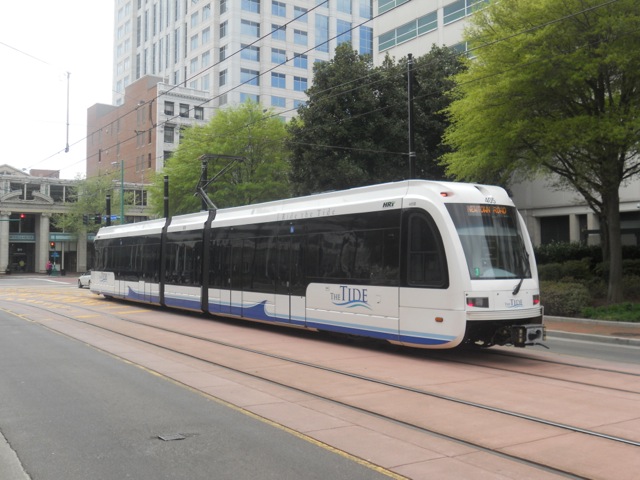The latest news from Hawai’i is that the Honululu Authority for Rapid Transportation (HART) lied to the city council when it told them the city’s rail project was $500 million to $700 million over budget. It turns out it’s really $910 million over budget. HART was just hoping to cover up $210 million of the deficit by quietly transferring bus money to the rail project.
Meanwhile, as fiscal conservative Larry Hogan is sworn in as governor of Maryland, rail advocates are doing a full–court press about how the state really needs to build the Purple Line, a light-rail line from the mighty city of New Carrollton (population: 12,000) to the city census-defined place of Bethesda (population: 63,000), passing through the census-defined place of Silver Spring (population: 77,000) on the way. The trains are expected to trundle between these suburbs at the breath-taking speed of not-quite 15.5 miles per hour, somehow attracting 69,000 daily riders along the way.
As shown earlier this week, the Maryland Department of Transportation has solid track record of overestimating light- and heavy-rail ridership by at least 100 percent. If it is built, the Purple Line is likely to be no exception. New Jersey’s Hudson-Bergen line, which serves neighborhoods whose population densities are four times greater than those along the Purple Line and regional centers with far more jobs than suburban DC, carried just 44,000 riders per weekday in 2012. The Purple Line is not likely to be less than that.









